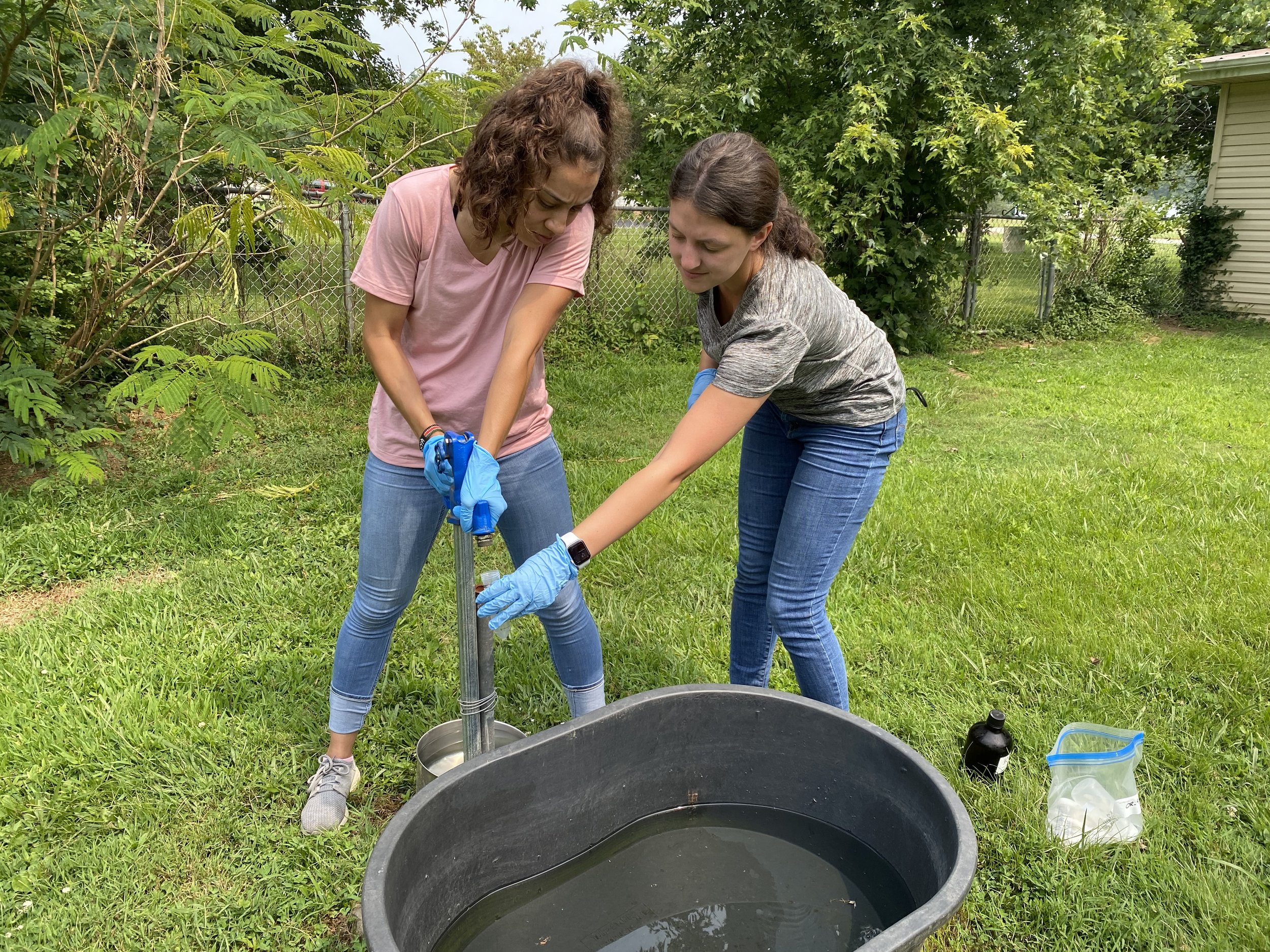
Fate and Transport of Emerging Contaminants in Appalachia
(UKCARE-NIH - Completed)
Project Summary
Significance:
Tracking pollutants and understanding their transport and exposure routes as well as their effects on the environment and health of those exposed to them is a critical public health concern. The management of contaminants and the prevention of exposure is imperative to maintain safe water quality standards and healthy communities. To date, there is limited information regarding the potential exposure and introduction of heavy metals and sulfate entering rural water treatment plants from surface water sources, resulting in a notable and concerning knowledge gap in these regions.
Objective:
1. Completing an in-stream monitoring campaign of local surface water used as source water for water treatment plantsand
2. Conducting a citizen science tap water campaign.
Hypothesis:
Residential water samples within a watershed would have similar water chemistry as the surface waters samples in that watershed and tap water sampling location would influence tap water chemistry
Conclusions:
·Sulfate concentrations were significantly higher in streams in watersheds with mining operations.
Sulfate concentrations were significantly higher in tap water with surface water sources in watersheds with mining operations.
First catch metal concentrations were significantly higher in outdoor spigot samples compared to indoor faucet samples.
Funded: UK-CARES
Publication: In-Prep
Graduate Student: Nayelly Rodriguez (MS Biosystems and Agricultural Engineering; Graduated 2022)